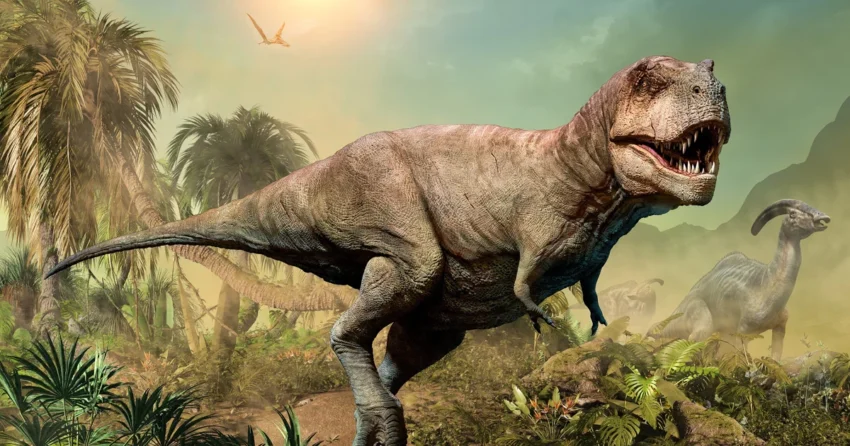Tyrannosaurus rex, often referred to simply as T. rex, is one of the most famous and awe-inspiring dinosaurs to ever walk the Earth. Known as the “King of the Dinosaurs,” T. rex has captured the imagination of scientists, filmmakers, and the general public alike. But what type of dinosaur was Tyrannosaurus rex, and what makes it so unique among prehistoric creatures? Let’s dive into its classification, characteristics, and evolutionary significance.
Classification of Tyrannosaurus Rex
Tyrannosaurus rex belonged to the Theropoda clade, a group of bipedal, mostly carnivorous dinosaurs that includes other well-known species like Velociraptor and Allosaurus. More specifically, T. rex was a member of the Tyrannosauridae family, which is characterized by large, powerful predators with robust skulls and relatively short arms.
The scientific classification of T. rex is as follows:
- Kingdom: Animalia
- Phylum: Chordata
- Class: Reptilia
- Order: Saurischia
- Suborder: Theropoda
- Family: Tyrannosauridae
- Genus: Tyrannosaurus
- Species: rex
The name “Tyrannosaurus rex” translates to “Tyrant Lizard King,” a fitting title for this apex predator of the late Cretaceous period.
Physical Characteristics
T. rex was a colossal dinosaur, measuring up to 40 feet (12 meters) in length and standing around 12 feet (3.6 meters) tall at the hips. It could weigh anywhere between 9 to 14 metric tons, making it one of the largest carnivorous dinosaurs known to science.
Some key physical traits of T. rex include:
- Massive Skull: Its skull, which could measure over 5 feet (1.5 meters) long, housed powerful jaw muscles capable of delivering a bite force estimated at 12,800 pounds per square inch (psi).
- Razor-Sharp Teeth: T. rex had about 60 serrated teeth, some of which could grow up to 12 inches (30 cm) long. These teeth were perfect for crushing bone and tearing through flesh.
- Short but Strong Arms: While its arms were disproportionately small compared to its massive body, they were incredibly strong and ended in two clawed fingers.
- Powerful Legs: Its long, muscular legs allowed it to move quickly despite its size, with estimated speeds reaching up to 20 mph (32 km/h).
- Keen Senses: Research suggests that T. rex had excellent vision, a heightened sense of smell, and acute hearing, making it an efficient predator.
Ecological Role
Tyrannosaurus rex lived approximately 68 to 66 million years ago during the late Cretaceous period. It inhabited what is now North America, with fossils discovered in areas like Montana, South Dakota, and Alberta, Canada.
As an apex predator, T. rex played a crucial role in its ecosystem. Its diet likely consisted of large herbivorous dinosaurs such as Triceratops and Edmontosaurus. Evidence also suggests that it may have been both a predator and a scavenger, feeding on carcasses when the opportunity arose.
Evolutionary Significance
Tyrannosaurus rex represents the culmination of millions of years of evolution within the Tyrannosauridae family. Early tyrannosaurs were much smaller and more slender, but over time, the lineage evolved into larger, more robust forms capable of dominating their environments. T. rex was the apex predator of its time, showcasing adaptations that made it one of the most efficient and formidable hunters in the history of life on Earth.
Cultural Impact
Since its discovery in 1905 by paleontologist Henry Fairfield Osborn, T. rex has become a cultural icon. It has been featured in countless books, movies, and documentaries, most famously in the “Jurassic Park” franchise. Its fearsome appearance and fascinating biology continue to inspire both scientific research and popular imagination.
Conclusion
Tyrannosaurus rex was a theropod dinosaur that stood at the pinnacle of the food chain during the late Cretaceous period. With its massive size, incredible strength, and sharp senses, it was one of the most formidable predators to ever exist. Today, T. rex remains a symbol of prehistoric power and a subject of ongoing scientific study, helping us uncover the mysteries of the ancient world.For more information click dinorepeat.com

